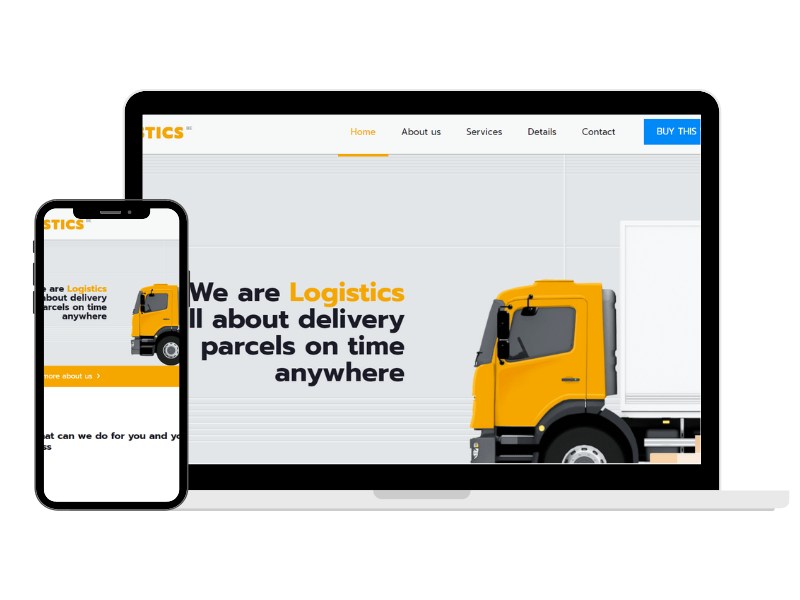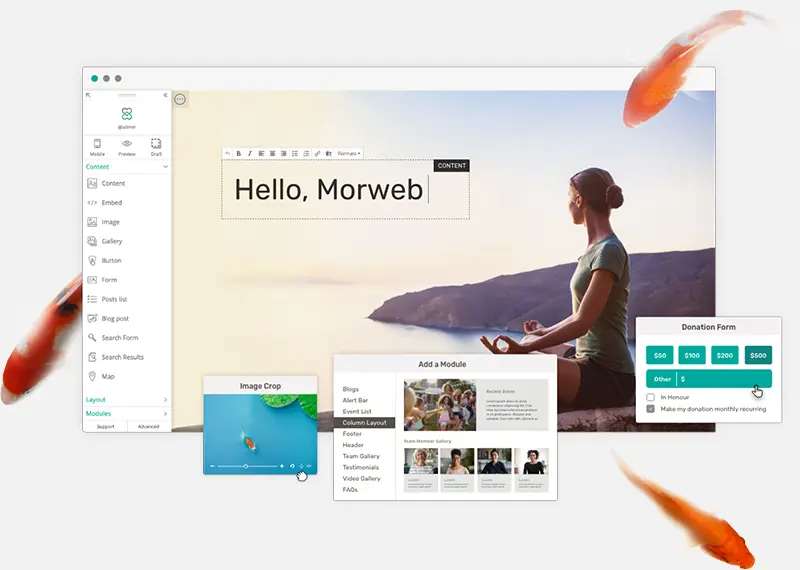Proven Methods for Successful Website Design
In the ever-evolving globe of internet layout, it is critical to remain in advance of the contour and employ proven approaches that ensure success. Responsive and mobile-friendly layouts make certain smooth individual experiences across different gadgets. Enhancing web page rate and efficiency improves user fulfillment and motivates higher involvement.
User-Centered Style
User-centered style is an important approach that focuses on the demands and preferences of the target audience in order to create an effective internet layout. By placing the individual at the center of the design procedure, this method makes certain that the final product satisfies their assumptions and offers a favorable user experience.

As soon as the research is total, the following step is to create customer identities. These personas represent the various sorts of individuals that will certainly engage with the web site - Houston Website Design. By recognizing their objectives, motivations, and discomfort points, developers can craft a layout that addresses their details needs
The user-centered style process likewise entails carrying out usability testing. This permits designers to collect comments from actual individuals and make essential changes to boost the web site's usability. By continuously improving the design and repeating based on customer comments, designers can guarantee that the last product fulfills the needs and preferences of the target market.
Responsive and Mobile-Friendly Layouts

Mobile-friendly layouts go beyond just receptive design. They concentrate on producing a customer experience that is particularly tailored to mobile tools.
Incorporating mobile-friendly and receptive designs not only boosts usability however likewise has a substantial effect on search engine optimization (SEO) Google, for example, focuses on mobile-friendly websites in its search results page, making it important for websites to have a mobile-friendly design to improve their presence and reach.
Effective Navigating and Site Structure
A properly designed navigating system enables users to easily find the details they are looking for, resulting in a favorable individual experience. When creating the navigation for a web site, it is essential to think about the target audience and their browsing practices.
One efficient method for navigating is to use a side or leading food selection that is existing on every web page of the website. This enables individuals to easily access various sections of the site without needing to go back to the homepage. One more approach is to this article consist of a search bar that makes it possible for users to rapidly search for certain material.
In addition to navigating, the overall website structure plays a crucial role in the success of a website. An efficient structure aids users comprehend the hierarchy of info and just how different web pages connect to each various other. It is necessary to produce a logical flow from one web page to another, making certain that users can quickly navigate in between different areas of the site.
Constant Branding and Aesthetic Identity
A regular branding and visual identification are vital components in successful internet design. When individuals visit an internet site, they need to instantly identify and link it with a specific brand. This recognition constructs trust fund and integrity, increasing the possibility of customers involving with the website and its content.
Consistency in branding includes elements such as logo designs, shades, typography, and images. These components need to be made use of consistently throughout the site to produce an unified and cohesive experience. Utilizing the same logo and shade plan on every page helps customers quickly browse the web site and determine.
Aesthetic identification goes beyond branding and incorporates the general feel and look of the website. It consists of the layout, usage of whitespace, font choices, and imagery design. A visually enticing site that straightens with the brand's individuality and target audience creates a favorable perception and maintains individuals involved.
Preserving a constant branding and aesthetic identity also assists in developing an unforgettable customer experience. When users encounter familiar and regular components throughout different systems and touchpoints, it reinforces the brand name's discover this message and worths.
Optimized Web Page Rate and Performance
Optimized page rate and efficiency are important consider achieving successful internet layout. In today's busy digital world, individuals have little persistence for slow-loading internet sites. Studies have shown that even a one-second delay in page tons time can lead to a substantial decrease in individual engagement and conversions. Therefore, it is essential for internet developers to prioritize enhancing web page rate and performance.
One efficient technique for improving page rate is optimizing images. Photos often make up a substantial portion of a web page's file size, leading to slower loading times. By pressing and resizing images without sacrificing high quality, designers can substantially decrease page lots times.
One more essential aspect of maximizing page speed is decreasing HTTP demands. Every aspect on a page, including manuscripts, photos, and stylesheets, calls for an HTTP demand. By lowering the number of demands, designers can streamline the filling process and improve efficiency.

Conclusion
Finally, carrying out user-centered style, responsive layouts, effective navigation, constant branding, and enhanced page rate are proven strategies for successful website design. By focusing on the demands and choices of customers, making certain compatibility with smart phones, organizing content efficiently, maintaining a consistent visual identity, and maximizing efficiency, web sites can offer a favorable individual experience and attain their goals. These strategies add to the overall use and efficiency of a website, inevitably resulting in increased individual engagement and fulfillment.
By continually iterating and improving the design based on user comments, developers can make sure that the final item meets the requirements and choices of the target audience.
A well-designed navigating system allows customers click to read more to easily discover the details they are looking for, resulting in a positive user experience. It is vital to produce a logical flow from one page to an additional, making certain that customers can conveniently browse between different areas of the website.
Utilizing the same logo design and shade scheme on every web page helps individuals conveniently browse the site and recognize.
By prioritizing the demands and preferences of users, making certain compatibility with mobile devices, arranging content effectively, maintaining a consistent visual identification, and optimizing efficiency, sites can provide a positive customer experience and attain their objectives. - Website Designer in Houston